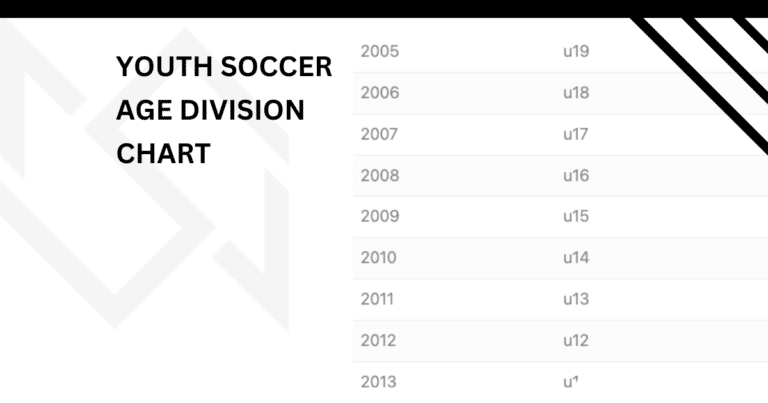Breaking Free: Understanding Soccer Release Clauses Like a Pro
A release clause in soccer is a contract provision that lets players leave their current team when another club pays a specific amount of money – think of it as a preset “buy now” price for athletes.
TL;DR:
How Release Clauses Actually Work
Think of a release clause like a price tag that can’t be negotiated. When another team pays that exact amount, the current club must let the player discuss terms with the interested team.
It’s similar to how some retail stores have “fixed price” items – no haggling allowed.
The Numbers Game: Notable Examples
The world’s best players command astronomical release clauses.
Cristiano Ronaldo’s €1 billion clause at Real Madrid set records, while Lionel Messi’s €700 million Barcelona clause showed just how valuable clubs consider their superstars.
More recently, Erling Haaland’s €200 million clause at Manchester City demonstrates how these provisions remain crucial in modern soccer.
Why They Matter
Release clauses serve as insurance policies for both parties.
Players get guaranteed freedom of movement if their market value is met, while clubs ensure they’ll receive fair compensation for losing valuable talent.
This balance has made release clauses an essential part of soccer’s business landscape.

Written By: Beau Bridges
Beau is the founder of SoccerNovo, dedicated to helping players and parents navigate the youth soccer landscape. As a former youth coach and soccer parent, he shares insights on player development, recruiting, and the ever-evolving soccer scene in the U.S.
Let’s connect





